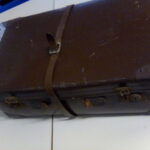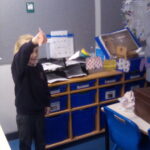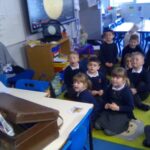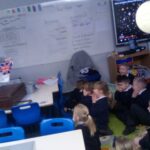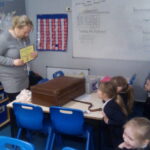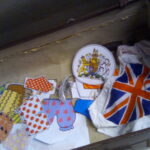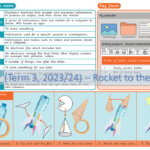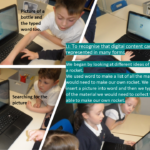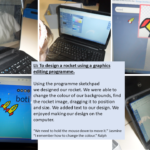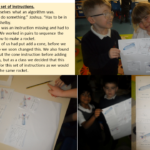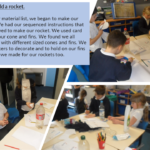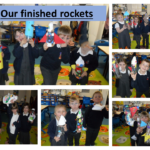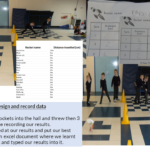We began the term looking at the image of the man above and the children looked carefully at the image, identifying any clues they could find that might tell us something about him. This then led us onto thinking about questions we could ask him if we met him and we all composed letters to him. Thankfully Bob replied and answered some of our questions which allowed us to begin to build a picture about him but luckily he also left the book ‘Man on the Moon’ by Simon Bartram that we could find out more about him. This all allowed us to understand him more and think about adjectives to describe him.
After reading the whole book we learnt what a day in the life of Bob was like and with the use of a bit of role play to help remember the events of his day in the correct order. The children then looked at writing in the past tense and used this to pretend they were him in order to write a diary entry.
The children were so interested in the topic of space and ‘The Man on the Moon’ so we began to research the FIRST man on the moon. We looked at reading comprehensions to gather information and even looked at the ‘Little People Big Dreams book about Neil Armstrong’. We learnt all the key events of his life and noted this information down. With this information, we then created our own fact files on Neil Armstrong.















































